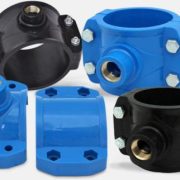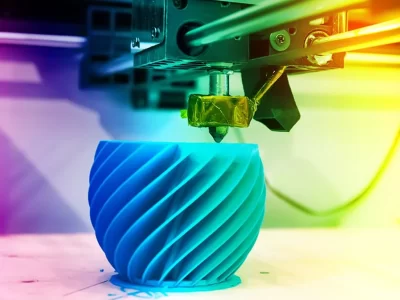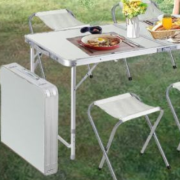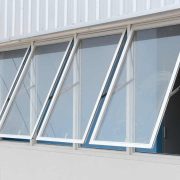Steel casting is a specialized kind of manufacturing process that involves different types of steel. When cast iron fails to provide enough strength or cannot withstand shocks’ effect, these come in use. It is the component formed when molten steel is poured into a mold, and it cools and solidifies. It is removed for cleaning, and further, it is heated to get the desired properties.
Examples of Things that Include Steel Casting
Cylinder blocks, pump casing, mining machines, valve bodies, turbine wheels are the few examples that include steel casting.
Categories:
It is generally of two groups:
- Carbon Steels- steels with carbon content from about 0.5 up to 2.1 by weight.
- Alloy Steels- which is made with various elements which by weight amount between 1.0 % to 50%.
Steel Casting Alloys:
These are of two categories- low-steel alloy (less than 8% alloy content), and high-alloy steel (8% or more alloy content).
Why Steel Casting?
There are many reasons as to why Steel Casting is useful. Some of them are-
- They have the strength and are shockproof.
- Steel’s physical properties make it ductile, and therefore, the fracturing chances under pressure gets limited.
- Steel is readily wieldable and is corrosion resistant.
- Steel is rustproof and also does not require any painting because of it.
Problems with Steel Casting
The three major problems with Steel Casting are- Castability, Damping ability, and machinability.
- The melting point of steel and its shrinkage rate is higher than that of iron. This makes it challenging to cast steel than to cast iron as it requires more attention while molding. Higher consideration is needed even when the metal cools and shrinks and thickness should be made carefully in the mold cavities. This is because thicker areas will take more time to cool down than thin spots, which might create pressure points, leading to fracture.
- Steel casting has a relatively low damping ability than iron, which leads to more noise and vibration in the form of ringing.
- Machining is often required in the cast to get the desired shape and design. In this condition, carbon steel is the easiest for the machine. However, high carbon content makes it difficult as it is time-consuming and also wears out the devices faster. On the contrary, low carbon content makes it gummy and difficult to work with.
Thus, the presence of alloys increase mechanical performance but also often increases the difficulties while machining.
Growth in Steel Casting Market
The Steel casting market has garnered a remarkable growth in recent years. The restraints of the demand are decreasing with the improvement in purchasing power. A detailed analysis of the casting market reports that by 2019- 2023, the market size will grow by 29000 tonnes.
However, according to a research study, the latest updates state that the COVID-19 has severely impacted the steel casting industries, and it has faced use breakdown in the market affecting the economy overall.

















Comments